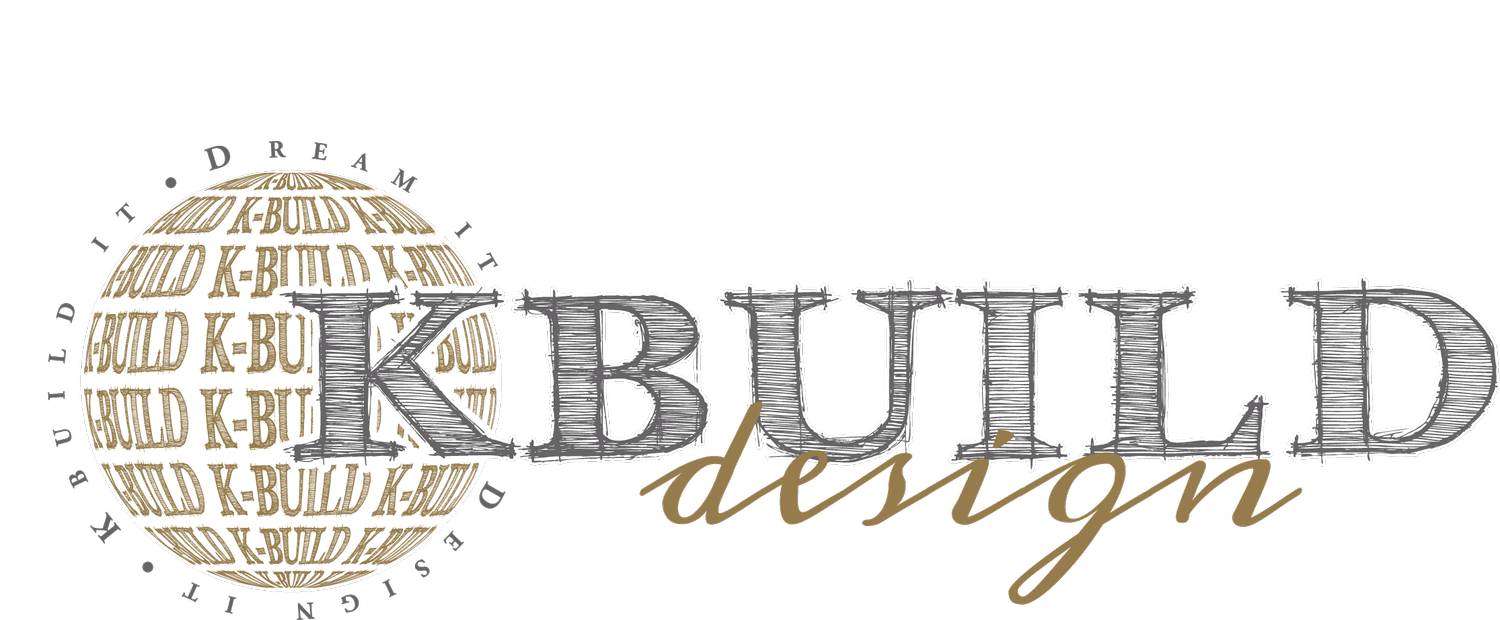How To Choose Your Dream Homesite
Finding your dream homesite is a pivotal step in building the home you’ve always envisioned. It’s not just about finding a beautiful location, but ensuring that the land will support the lifestyle you want and the home you plan to build. With so many factors to consider, making the right decision can seem overwhelming. However, by focusing on key aspects like location, topography, and future growth, you can make an informed choice that will bring long-term satisfaction. Below, we explore seven crucial factors to guide you through this exciting process.
Location And Proximity
When choosing a homesite, location is crucial. Think about how close the site is to key amenities like work, schools, hospitals, and recreational activities. Consider the distance you’ll need for daily travels like grocery shopping, or a night out. A well-located homesite ensures convenience in your daily routine, allowing you to save time and enjoy your surroundings. Whether you prefer a lively urban setting or a peaceful rural retreat, proximity to the essentials will enhance your quality of life.
Community And Neighborhood
Your dream home isn’t just about the physical house- it’s about the community around it. Spend time exploring the neighborhood where the homesite is located. Are the streets safe? And well-maintained? Is there a sense of community, or does it feel more isolated? Consider the overall atmosphere, whether it’s family-friendly or more suited to professionals. The right community can provide social connections, recreational activities, and a sense of belonging.
Lot Size And Orientation
The size and shape of the lot are important for accommodating your dream home and any outdoor features you may want such as a garden, pool, or patio. Make sure the lot is large enough to fit your home design and any additional structures you plan to include. Additionally, the orientation of the lot impacts the amount of sunlight your home will receive and how wind affects the property. South-facing lots, for example, can provide natural light, while proper wind orientation can help with energy efficiency.
Topography And Soil Quality
The physical characteristics of the land, such as elevation, slope, and soil quality, can significantly affect construction and long-term maintenance. Flat or gently sloping land is generally easier and less expensive to build on, while steeper lots may require additional foundation work. You’ll also want to check for good drainage to prevent water accumulation around your home. Finally, ensure the soil is suitable for building, as poor soil conditions can lead to foundation issues down the road.
Utilities And Infrastructure
Before committing to a homesite, ensure that essential utilities are readily available. Water, electricity, sewer, and internet access are critical for modern living. Depending on the location, you may need to install private systems, which could increase costs. Additionally, check that the site has good road access and reliable transportation options, especially if the area is remote. Investing in a homesite with all the necessary infrastructure will save you headaches and extra expenses in the future.
Zoning And Building Regulations
Zoning laws and building regulations play a major role in determining what can be built on a homesite. Before finalizing your decision, research local restrictions to ensure your dream home can be built without issue. Some areas may have limitations on the size or style of homes, while others may have rules about outbuildings, fences, or landscaping. Understanding these regulations will help you avoid legal challenges and ensure that your home fits within the community’s vision.
Future Growth And Resale Value
While you may be focused on building your dream home now, it’s wise to consider the future. Look into the area’s development plans and potential growth. Will new schools, businesses, or infrastructure improvements enhance the value of your property? Proximity to upcoming developments can positively affect your investment. Additionally, think about the resale value of your homesite–choosing an area with growth potential will make it easier to sell if you ever decide to move.
Choosing the perfect homesite is about more than picking a piece of land–it’s about finding a place that complements your lifestyle, supports your dream home, and offers long-term value. KBUILD has the opportunity to assist you in the next step of your dream homesite. Reach out to us at 636-362-2015, send us an email at kbuild@kbuildit.com, or click this link to go straight to our project inquiry form. We will respond promptly and help you follow through with the next steps to start on your new home today!





